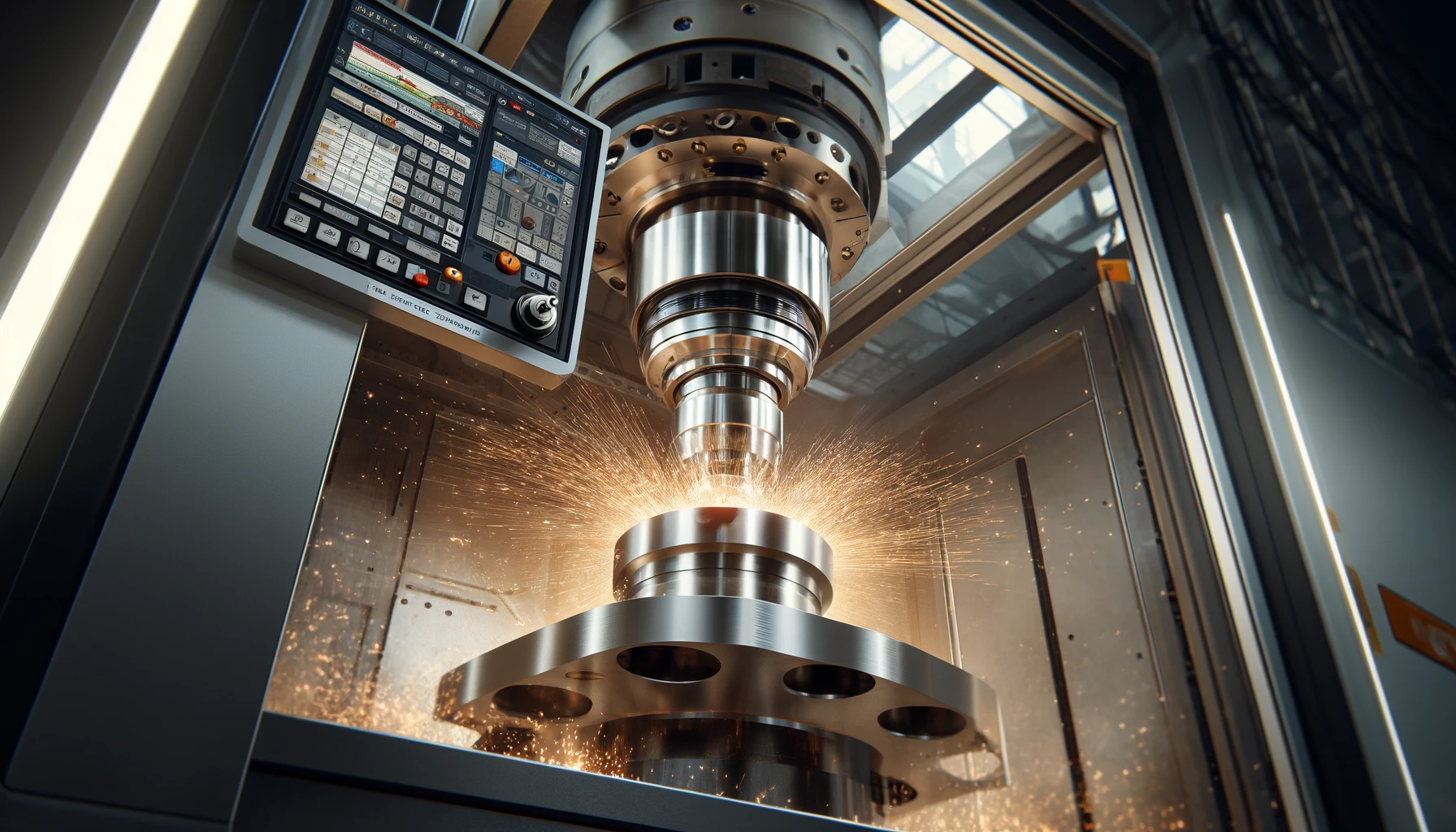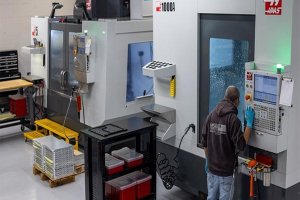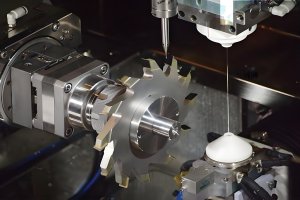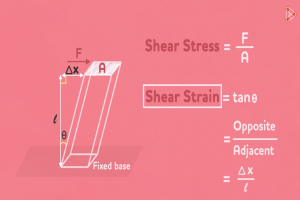What Role Does Material Selection Play in the Precision of CNC Machined Stainless Steel Flanges?
The choice of stainless steel grade significantly affects the machining process and the quality of the final flange. Stainless steels like 304 and 316 are commonly used due to their corrosion resistance and machinability. However, differences in their composition, such as higher sulfur content in 303, can ease machining but may affect finish and dimensional stability.
Data Table: Properties of Common Stainless Steels
| Grade | Corrosion Resistance | Machinability | Sulfur Content (%) |
|---|---|---|---|
| 303 | Moderate | High | 0.15-0.35 |
| 304 | High | Moderate | <0.03 |
| 316 | Very High | Moderate | <0.03 |
| 410 | Moderate | High | <0.03 |
| 416 | Moderate | Very High | 0.15-0.35 |
For example, choosing 303 over 304 resulted in a 20% increase in production speed but introduced challenges in maintaining surface quality due to the free-machining additives present in 303.
How Crucial is Machine Calibration for Achieving High-Precision Flanges?
Machine calibration is vital to ensure that CNC machines operate within specified tolerances and consistently produce high-precision flanges. Proper calibration aligns the machine’s operational capabilities with the exacting requirements of technical drawings and specifications, ensuring that each flange meets quality standards.
Detailed Technical Aspects of Machine Calibration:
- Laser Interferometry: One of the most precise methods for machine calibration involves using laser interferometry. This technique measures the accuracy of the CNC machine’s linear movements by comparing them to the light wavelength of a laser. It helps in detecting even the minutest deviations from the desired machine settings, allowing technicians to make necessary adjustments.
- Ballbar Testing: This method is used to check the circular accuracy of CNC machines. A ballbar tests how accurately a CNC machine can cut a circular path. It helps identify any issues with servo mismatch, backlash, or geometric errors in the machine’s axis that could lead to inaccuracies in machining flanges.
- Thermal Compensation: Many high-precision CNC machines are equipped with thermal compensation capabilities. Changes in temperature can cause materials and machine components to expand or contract, affecting machining accuracy. Thermal compensation uses sensors to monitor machine temperature and automatically adjusts machine settings to counteract the thermal effects.
- Periodic Calibration Schedules: Regular calibration according to manufacturer’s specifications is crucial. Most high-precision machining setups recommend at least annual recalibration, with more frequent checks for machines in continuous, high-volume production environments.
Case Study: Implementing a Rigorous Calibration Protocol
A CNC machining company specializing in stainless steel flanges adopted a rigorous calibration protocol. They introduced monthly laser interferometry checks and bi-monthly ballbar tests. The results were significant:
- Reduction in dimensional variability by 40%.
- Decrease in product rejections due to out-of-tolerance parts from 5% to 0.5%.
- Improvement in client satisfaction and a corresponding increase in repeat orders.
Data Table: Impact of Regular Machine Calibration on Production Quality
| Calibration Interval | Dimensional Accuracy Improvement | Reduction in Rejection Rate |
|---|---|---|
| Monthly | 0.002 mm | 3% |
| Quarterly | 0.005 mm | 2% |
| Semi-annually | 0.010 mm | 1% |
| Annually | 0.020 mm | 0.5% |
Through diligent calibration, the company not only improved the quality of their flanges but also optimized their production process, enhancing overall operational efficiency. This demonstrates how crucial machine calibration is in achieving high-precision in CNC machined flanges, impacting both product quality and production efficiency.
Understanding the Impact of Cutting Tools on Flange Precision
The selection of cutting tools is pivotal in CNC machining, as it directly influences the machining speed, precision, and surface finish of stainless steel flanges. Tool materials such as carbide, ceramics, and polycrystalline diamond (PCD) are chosen based on their hardness, heat resistance, and wear resistance, which are crucial for maintaining accuracy over long production runs.
Data Table: Comparison of Cutting Tool Materials
| Tool Material | Hardness (HV) | Heat Resistance (°C) | Wear Resistance |
|---|---|---|---|
| Carbide | 1500-1800 | Up to 1000 | High |
| Ceramics | 2700-2800 | Up to 1500 | Moderate |
| PCD | 8000-10000 | Up to 1200 | Very High |
| HSS | 600-900 | Up to 600 | Low |
For example, a switch from standard carbide tools to advanced PCD tools increased the lifespan of tools by 50% and improved the finish quality of machined flanges.
What Are the Challenges of Maintaining Dimensional Accuracy During High-Speed Machining?
High-speed machining (HSM) offers significant advantages in terms of production efficiency and reduced lead times. However, maintaining dimensional accuracy during HSM of stainless steel flanges poses specific challenges that require careful management to ensure precision. These challenges include tool wear, thermal effects, and dynamic forces, all of which can negatively impact the final product.
Detailed Analysis of Challenges in High-Speed Machining:
- Tool Wear: Rapid tool wear is a common issue in HSM due to increased cutting speeds and feed rates. As tools wear, their dimensional capability diminishes, leading to inaccuracies in the machined part. Advanced tool materials like polycrystalline diamond (PCD) or cubic boron nitride (CBN) can mitigate this wear but require careful selection and management.
- Thermal Expansion: The intense friction and heat generated during high-speed cutting can cause significant thermal expansion in both the tool and workpiece. This expansion can lead to dimensional inaccuracies. Implementing proper cooling strategies, such as cryogenic cooling or high-pressure coolant systems, is crucial to controlling temperature and maintaining accuracy.
- Dynamic Forces: High-speed machining generates considerable dynamic forces due to high acceleration and deceleration of the machine components. These forces can lead to vibration or displacement of the workpiece if not adequately controlled, affecting the machining precision. Using optimized tool paths and securing workpieces with advanced fixturing techniques are essential strategies to counteract these forces.
- Material Deformation: The machining of stainless steel, especially, can induce stress in the material which might lead to deformation either during or after the machining process. Stress-relief processes and careful programming to minimize aggressive cutting parameters are vital in managing this issue.
Case Study: Overcoming HSM Challenges
A manufacturer of aerospace components faced significant issues with dimensional inaccuracies during the high-speed machining of complex stainless steel flanges. By integrating a state-of-the-art cooling system and upgrading to PCD tools, they achieved the following improvements:
- Reduction in thermal deformation by 60%.
- Increase in tool life by over 100%, reducing tool change downtime.
- Enhanced surface finish, reducing post-processing requirements.
Data Table: Benefits of Optimized High-Speed Machining
| Parameter | Before Optimization | After Optimization |
|---|---|---|
| Tool Change Frequency | Every 8 hours | Every 16 hours |
| Dimensional Variability | ±0.010 mm | ±0.002 mm |
| Production Throughput | 100 units/day | 150 units/day |
Through careful analysis and the adoption of improved machining practices, the company not only maintained dimensional accuracy but also improved overall production efficiency. This demonstrates the critical nature of addressing the inherent challenges of high-speed machining to ensure high-precision outcomes in CNC operations.
The Influence of Cooling and Lubrication Systems on CNC Machining Precision
Cooling and lubrication play a critical role in maintaining the integrity and accuracy of CNC machining processes, especially when working with stainless steel, which is prone to work hardening and heat generation during machining. The right cooling system can prevent thermal deformation and ensure that tool wear is minimized, leading to higher precision and longer tool life.
Data Table: Benefits of Different Cooling Techniques
| Cooling Technique | Temperature Reduction | Impact on Tool Life | Effect on Surface Finish |
|---|---|---|---|
| Flood Cooling | High | Significant | Improved |
| Mist Cooling | Moderate | Moderate | Good |
| Cryogenic Cooling | Very High | Very Significant | Excellent |
| Air Cooling | Low | Minimal | Moderate |
A case study where implementing a cryogenic cooling system improved the surface finish and dimensional accuracy of high-precision flanges by reducing thermal expansion and minimizing burr formation.
How Does Operator Skill Influence the Quality of CNC Machined Flanges?
The skill level of CNC machine operators significantly impacts the quality of the finished flanges. Skilled operators can make precise adjustments, monitor the machining process for potential issues, and optimize machine settings based on the material and the required specifications. Training and experience thus become crucial in achieving high precision in CNC machining.
Case Study: Operator Training Program
A manufacturing company introduced a comprehensive training program for their CNC operators, focusing on advanced machining techniques and real-time problem-solving skills. After the program, the rate of dimensional errors decreased by 25%, and overall production efficiency increased by 15%.
Evaluating the Effect of Software and Programming on Flange Machining Accuracy
The CNC programming software and the strategies used for machining play a pivotal role in determining the accuracy and quality of the finished flanges. Advanced software can optimize cutting paths, adjust speeds and feeds automatically, and predict potential errors in machining, thus enhancing overall precision.
Data Table: Software Features and Their Impact on Machining Accuracy
| Software Feature | Function | Impact on Accuracy |
|---|---|---|
| Adaptive Clearing | Optimizes material removal | High |
| Tool Path Simulation | Predicts and corrects errors | Very High |
| Automatic Feed Adjustment | Adjusts feeds based on tool load | Significant |
| Real-time Monitoring | Tracks and adjusts processes | Moderate |
Other Articles You Might Enjoy
- Stainless Steel Machining for Aerospace: Precision and Challenges in CNC Operations?
Introduction: Brief Overview of CNC Machining and Its Importance in the Aerospace Industry Computer Numerical Control (CNC) machining is a modern manufacturing process using pre-programmed computer software to control movement…
- Precision CNC Machining of Stainless Steel: Innovations and Best Practices in Aerospace Machining
Introduction: Precision CNC Machining and the Use of Stainless Steel Precision Computer Numerical Control (CNC) machining, a vital technology within the manufacturing industry, uses pre-programmed software to guide machinery towards…
- Stainless Steel vs. Aluminum in CNC Machining: Pros and Cons
CNC Machining: The Role of Stainless Steel and Aluminum Computer Numerical Control (CNC) machining is a groundbreaking method in manufacturing that involves precise computer commands to manipulate and control tools…
- Types of Stainless Steel and Stainless Steel Grades
Stainless steel, renowned for its corrosion resistance, is a vital material in various industries, from construction to culinary tools. This article delves into the types of stainless steel and their…
- CNC Machining Material Showdown: 304 vs. 316 Stainless Steel
CNC Machining: An Overview And Importance of Material Selection Computer Numerical Control (CNC) machining is a manufacturing process that uses pre-programmed computer software to dictate the movement of factory tools…






